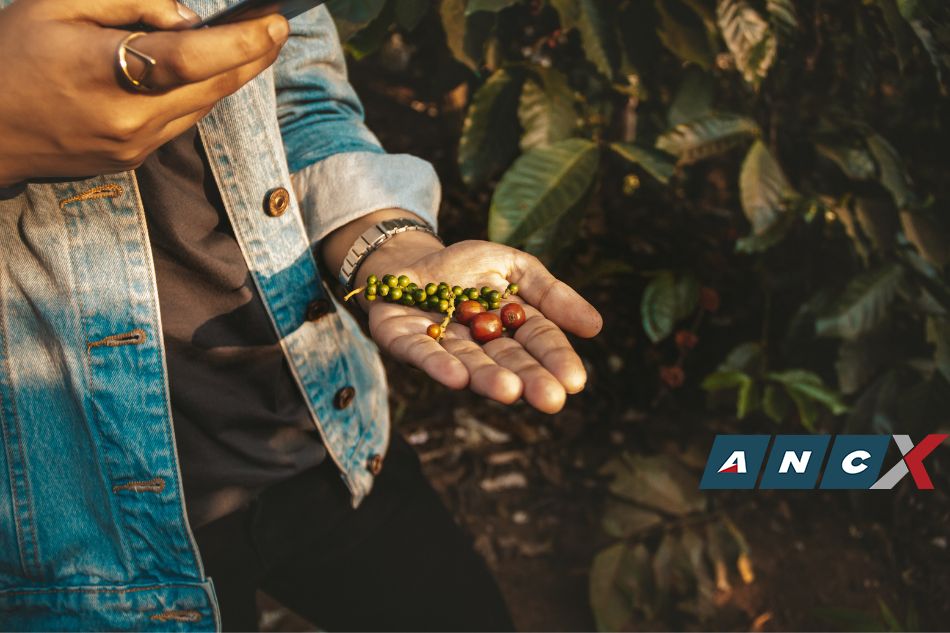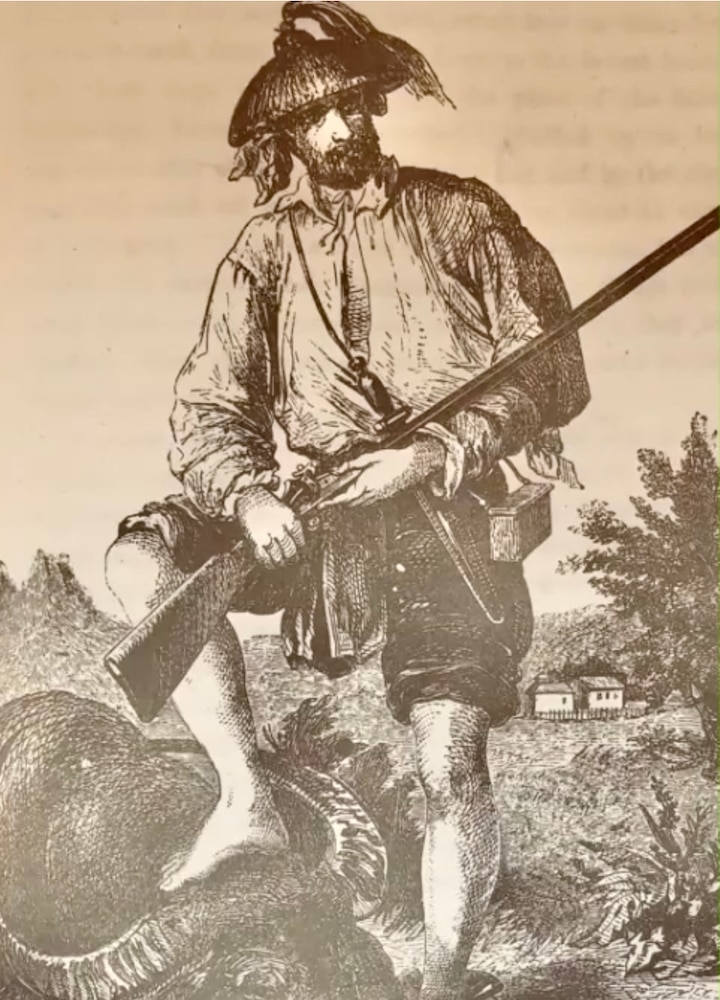A quick search on Google would tell us the Spanish monks were the ones who first introduced coffee to the Philippines, particularly in Lipa, Batangas back in 1740. But there is research that suggests otherwise, says well-known food historian Felice Prudente-Sta. Maria.
In a webinar organized by the Philippine Coffee Board in time for Coffee Month, Sta. Maria says there’s research that points to the Dutch as the ones who introduced coffee to our shores.
Our islands were part of the Malesian bio-geographical zone which consists of the islands of Southeast Asia and the Malay Peninsula. Sta. Maria—who has authored books in food history such as “The Governor-General’s Kitchen,” “The Foods of Jose Rizal,” and the more recent “Pigafetta’s Philippine Picnic: Culinary Encounters During the First Circumnavigation 1519-1522”—says there’s historical data indicating that coffee arrived in these areas around 1696, when a Dutch sea captain managed to smuggle a coffee plant from Yemen into Java island in Indonesia.
“At the time, the Dutch had set up Batavia (on the North Coast of Java) as the capital of the region. And they planted this coffee plant outside Batavia and it started to grow,” she says.
Because the Dutch were so successful in coffee growing, the prices of coffee in Europe began to drop, making coffee drinking popular. “So the Dutch were really the ones who brought coffee into our part of the world,” offers Sta. Maria. “It was the natives of Java that were doing all the farming. The natives were not allowed to take home, to harvest any of the beans. They were so precious. The Dutch wanted to sell them all in Europe.”
Around the same period that the Dutch were bringing coffee plants into Java, the cacao plant was also arriving in the Philippines. “The two plants got into our region about the same time. But we had no coffee. We [only] had cacao,” she says.
Data suggests that coffee was brought to the awareness of the Spanish only in the 1700s, and via the Bourbon ancestors who are French. “It was not until 1796 that the colonies of Spain started getting coffee,” Sta. Maria offers.
Even in the 19th century, coffee wasn’t a big thing to the Spanish people yet. During the time of Rizal, there was a saying that went, “Chocolate is to the Spanish what tea is to the British,” to which the historian wants to add: “and what coffee was at that time to the Dutch and to the Italians.” While coffee was already consumed back in the 1800s, it was not until after the Spanish Civil War (1936-1939) did coffee really pick up in Spain, she adds.
The webinar is a treasure trove of information on the history of coffee in the Philippines, and it covers all the way to how Filipinos discovered instant coffee and the great popularity of the 3-in-1. The exchange between Sta. Maria and host Chit Juan, social entrepreneur and author of four books on coffee, also reveals how some of the issues of the coffee industry in the past remain its issues at present.
So who planted the first coffee plant in the Philippines?
In Lipa, which is famous for coffee, there’s a little plaque in a church that states it’s the Franciscans who brought the first coffee plant to Batangas. And from there, it spread all over the country. But Sta. Maria says this has confounded researchers because they can't seem to find any written evidence supporting this claim.
“We want to know the exact date and we want to know who the people were. We have stories about cacao, how cacao arrived [in the Philippines], but we don't have the stories about who actually brought the first saplings of coffee and where they came from? We don't have that [evidence yet],” she says.
So when does Spain come into the picture?
Between 1762 to 1763, the Anglo-Spanish war broke, and for a couple of years the British practically ravaged Manila, taking away our silver and emptying the colonial coffers. After this war, one strategy that was ordered by the king of Spain to help boost the local economy was to develop agriculture. He told Filipinos to plant different crops, including coffee, in their little farms and backyards. He tried to convince those who had capital to go into agriculture. “The problem was the Spanish who were here didn't want to be farmers. They preferred to be traders. That was their tradition since the time of [Miguel Lopez de] Legazpi in 1500s,” Sta. Maria offers. “So what happened was nobody listened to the king. Nobody listened to his advisors. So the chance to have coffee [plantations in the Philippines] didn't happen in the 1700s.”
When the Mexicans declared their independence from Spain (Mexican War of Independence, 1810-1821), the Manila Galleon trade also ended, again leaving the Philippines with no income. So the king of Spain ordered the capitalists in the Philippines to give agriculture another chance.
“There were hardly any takers even if there were many awards given and all sorts of incentives,” says Sta. Maria. “Until this guy who's a French doctor who happened to be in Manila, fell in love with the country and saw [business] opportunities. This physician turned himself into a plantation owner in Jalajala, Rizal.” The guy is French traveler Paul Proust de la Gironière.
By 1837, Gironière had 60,000 coffee plants growing in Jalajala. “So this is the man that began the coffee plantations in the Philippines, a French fellow. He brought in a co-Frenchman from Bourbon island to help him. At that time, Bourbon island was already established as a source of coffee,” offers Sta. Maria.



